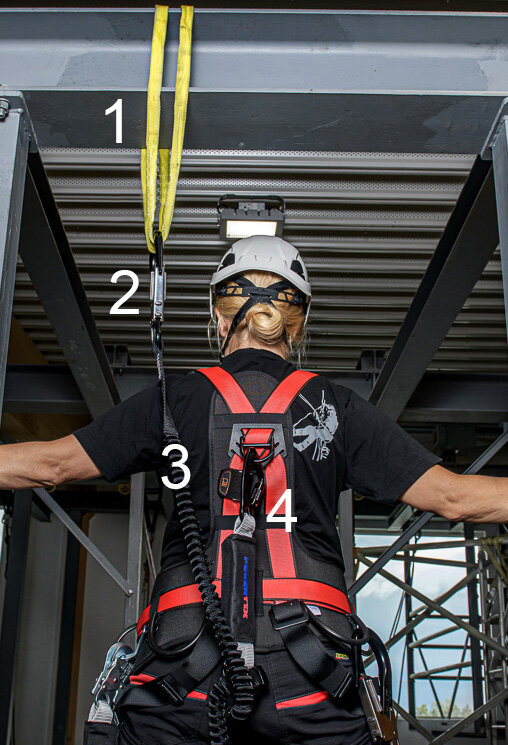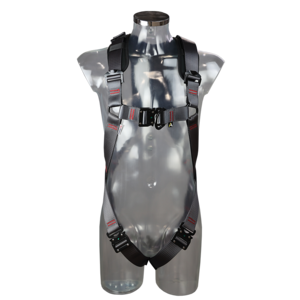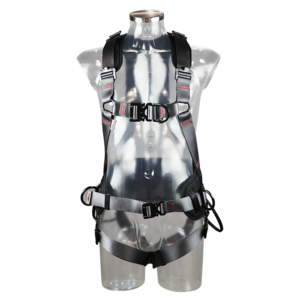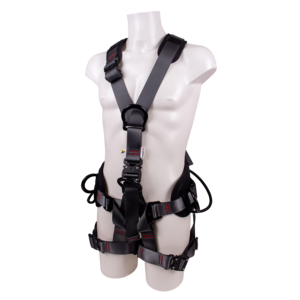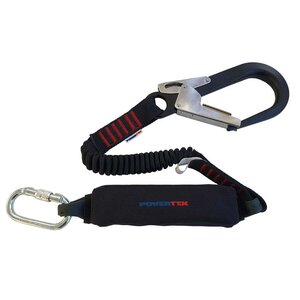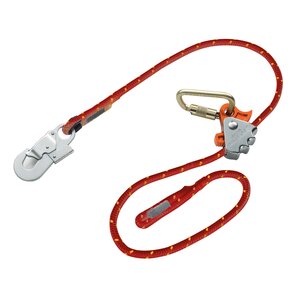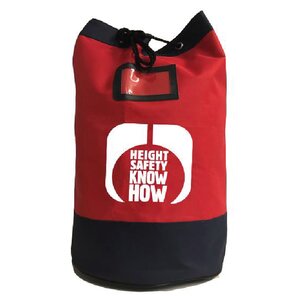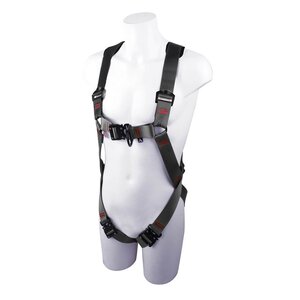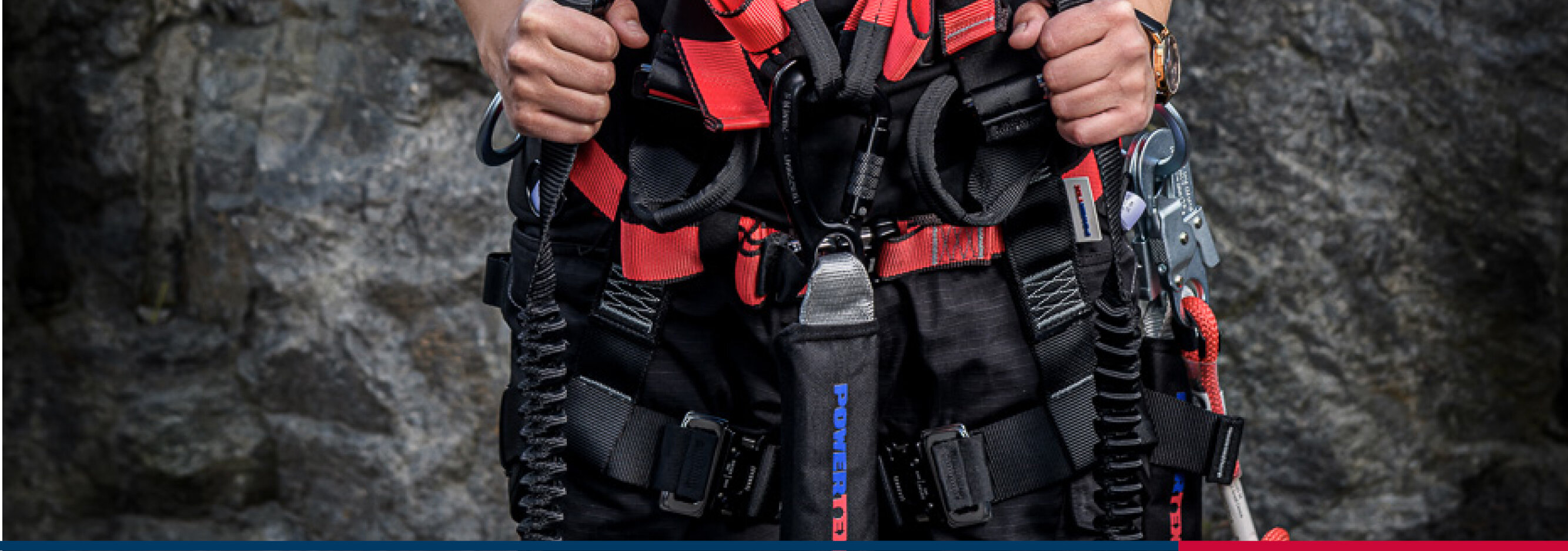
Basic knowledge of fall protection equipment
A personal fall protection system is used to prevent or reduce injury in case of a fall from a certain height. To ensure complete personal fall protection, it is necessary for the system to meet relevant standards and regulations for the following four components, and for these products to be used together.
When organising work while wearing fall protection equipment, it's essential to consider any physical or psychological stress or disadvantages. For example, you can limit the time spent working with the equipment on or take appropriate breaks during work.
We have divided the basic components into items 1, 2, 3, and 4
The four basic components of total personal fall protection are as follows, and when used correctly, they can help reduce or prevent injuries from a fall. All four points must be met in accordance with applicable standards.
1. Anchor point (also known as anchorage point)
The anchor point is regulated by EN 795 for personal fall protection and anchoring. An anchor point can be an anchorage point, an eyebolt, a beam, a scaffold, a welded structure, a temporary horizontal rope or a wall hook. According to the standard, the anchoring point must withstand a static load of at least 12 kN. For non-metallic elements, if evidence of durability is not provided, the static load shall be 18 kN.
The anchoring point should be positioned as high as possible to minimize the risk of falling and as vertically as possible about the workplace to avoid lateral movement and contact with lower levels in the event of a fall.
2. Connecting device
The connecting device is the critical component that connects the anchorage point with the fall arrest equipment and harness. It can be a carabiner. It must meet the requirements of EN 362 and withstand a load of at least 15 kN for 3 minutes.
3. Shock-absorbing device
A shock-absorbing device (fall arrester) can be attached directly to the anchorage line or integrated into a lanyard or fall arrest block; detachable shock absorbers are also available. The purpose of the shock-absorbing device is to ensure that the body is not subjected to a load of more than 6 kN. The equipment can consist of a fall protection line, a shock-absorbing device, or an anchorage line with a block or lanyard. It is crucial to calculate the potential fall height to select the appropriate equipment. Always use approved equipment in combination with shock-absorbers; otherwise, a fall can result in fatal injuries to internal organs. A fall arrester must comply with EN 355.
4. Harness
The harness is the part of the personal fall protection equipment worn on the body by the user. At a minimum, it must comply with the European standard EN 361. Sometimes, a harness also complies with EN 358 and EN 813 standards. The correct choice of harness depends, among other things, on the use, the environment, and the type of work to be carried out.
Storage
Personal fall protection equipment must be stored in a dry and dark place so that it is not exposed to sunlight (ultraviolet radiation) or moths.
Please contact CERTEX Danmark A/S for more information about fall protection analyses, special brochures or other fall protection training.
Risks when working at heights
You should know about these factors when working at height for your safety.
Checklist when working with fall protection
What should you remember before you start working with personal fall protection equipment? Find out here.
Learn more about rules and requirements for safe use of personal fall protection equipment (PPE)
Read the article and find out which factors you need to know when working with fall protection equipment.

